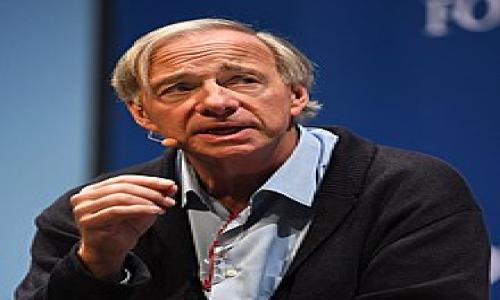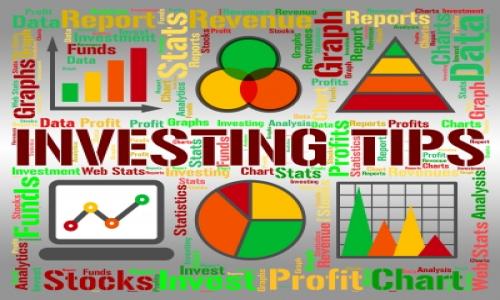At this point in my young adult life I can tell my children (when and/if they come to exist) that when I started driving gas was $0.98 a gallon, Sudan was one nation and that dividend stocks attracted bond investors. With the decimation of 2008 and early 2009 behind us, the economy is in recovery mode. We have all heard that, but it is. Granted much slower than what the government and even media are portraying, but onwards and upwards it goes. With this new baby bullish economy, crazy as it may sound, pragmatists known as fixed income investors, have begun to view high dividend paying equities as a viable means of investment…perish the thought! Even Albert Einstein said that compound interest is one of the most powerful forces in the universe. So, why would steady coupon cashing bond investors look at dividend stocks now?
Let us begin by looking at the looming threat of inflation. If one receives a 4% coupon from an AAA bond, that 4% has the same nominal value now and in the future. Remember your parents saying they could feed a family of 12 for a dollar? Now, for a dollar I can get kicked out of a restaurant for wasting their time. Inflation has an adverse relation to the bond yield. Yet, on the other end of the spectrum, in high inflationary times, company earnings grow as currency values fall. The more money that comes into a company, the higher their earnings growth. The higher their earnings grow, the more the shareholders are happy. How do they repay shareholders? By giving them a dividend.
At this time, most blue chip companies may yield a higher return than long-term treasuries. After going to university in Montreal, I question the real value of the Greenback when the Loonie is basically at par. While one does assume the risk that the dividend may be stopped or lessened more or less at any time, let me ask, “Will Disney (NYSE:DIS) stop making movies?” or “Will Comcast (NASDAQ:CMCSA and NASDAQ:CMCSK) make cable television free?” The answers are “No” to both questions. Moving forward from blue-chip companies, REITs are gaining ground and by law are required to make dividend payments. See What is a REIT? For example, Annaly Capital Management Inc. (NYSE:NLY) is paying a 17%+ dividend now.
One may argue that convertible debt or preferred stock may be the middle ground between bonds and common dividend paying stocks. They are not wrong, but for the average investor, how do they get access to convertible debt? Do they know the tax structure, liabilities and over all hoops to jump through? No. Preferred stock is great, but has a narrow bandwidth of trading relative to the common markets. With an investment thought toward guaranteed (or close to) returns, bonds have their place. With the same thought (plus a little risk) and the added upside of stock appreciation, dividend yielding equities have theirs. The lines are slowly merging and savvy fixed income minded individuals will find that the best value may no longer be in static fixed income. Let’s call this recent trend “flexible” fixed income and it is something to be apprised.



Add your Comment
or use your BestCashCow account